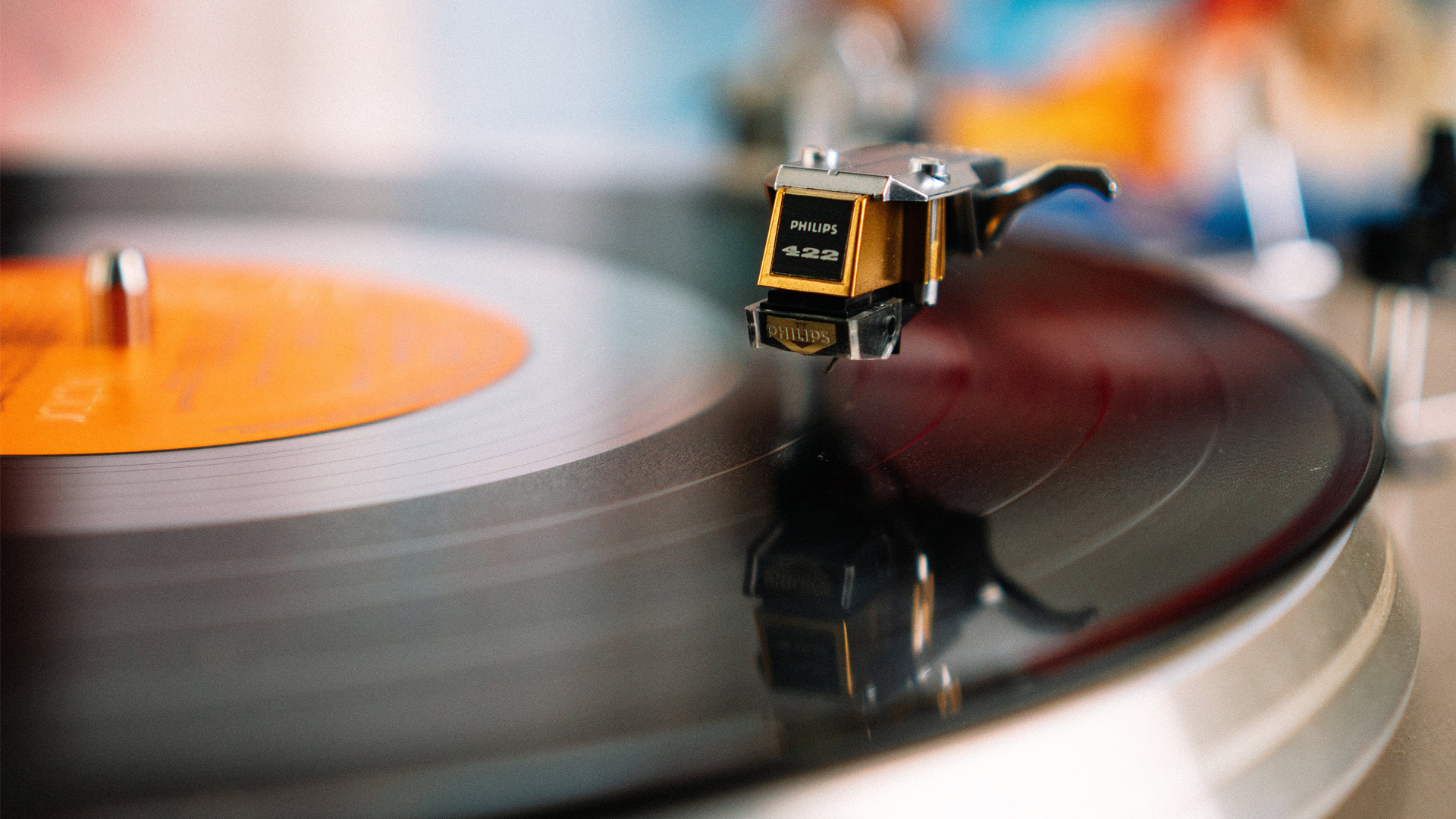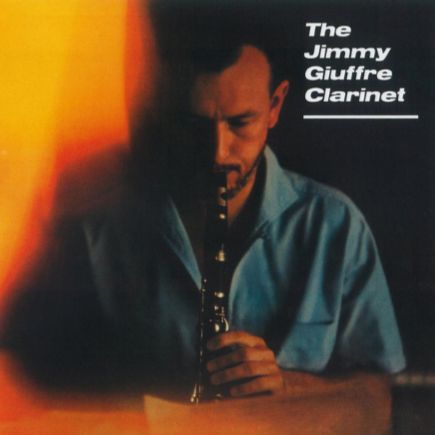Fascinating Rhythm: énergie moderne et passerelle entre jazz et Broadway
Écrite en 1924 par George Gershwin, sur des paroles de son frère Ira, Fascinating Rhythm fait son entrée remarquée dans la comédie musicale Lady Be Good, portée à Broadway par Fred et Adele Astaire aux côtés de Cliff Edwards. Deux ans plus tard, en avril 1926, le duo Astaire enregistre une version à Londres avec George Gershwin lui-même au piano, scellant l’une des premières grandes réussites du songwriting américain.
Dès sa création, Fascinating Rhythm s’impose par son audace rythmique et son inventivité formelle. Son effervescence musicale devient le reflet sonore des Années folles, période de bouleversements culturels, sociaux et artistiques, dont le jazz fut l’un des principaux catalyseurs.
Au-delà de ses qualités musicales, Fascinating Rhythm a joué un rôle déterminant dans la diffusion du langage jazz dans le théâtre musical. Interprété tant sur les scènes de Broadway que dans les clubs de jazz, le morceau a contribué à abolir les frontières entre musique populaire et culture savante, entre divertissement et innovation.
L’histoire discographique de la chanson illustre aussi sa longévité exceptionnelle. Tony Bennett, qui l’avait enregistrée pour la première fois en 1949, en a livré une nouvelle version en 2018 en duo avec Diana Krall. Ce réenregistrement, réalisé près de soixante-dix ans après le premier, détient aujourd’hui le record mondial Guinness du plus long intervalle entre deux versions du même titre par un même artiste.
Jimmy Giuffre, entre introspection et liberté formelle
L’interprétation de Fascinating Rhythm, enregistrée à Los Angeles le 22 mars 1966 pour l’album The Jimmy Giuffre Clarinet, illustre un moment charnière dans la carrière du clarinettiste. Aux côtés de Jimmy Rowles (piano) et Shelly Manne (batterie), Giuffre propose une lecture subtile et nuancée, intégrant ses recherches sonores dans un cadre encore accessible.
Cette session se situe à une époque où le jazz, en pleine mutation, voyait coexister le free jazz d’Ornette Coleman, la révolution modale de Miles Davis et les expérimentations harmoniques propres à Giuffre, souvent en marge des grands courants. Avec cet album, Giuffre prolonge la recherche en conciliant mélodie et liberté formelle. Exclusivement à la clarinette, il y développe un timbre froid et feutré, privilégiant le registre grave et l’économie de moyens.
L’album se distingue par la diversité de ses formations et de ses atmosphères. Giuffre s’y exprime en solo dans So Low, dialogue avec le violoncelle de Jimmy Rowles dans Deep Purple, puis aborde Fascinating Rhythm dans un trio évoquant Benny Goodman, tout en y injectant une souplesse rythmique moderne.
Fascinating Rhythm: energía moderna y puente entre el jazz y Broadway
Escrita en 1924 por George Gershwin, con letra de su hermano Ira, Fascinating Rhythm hizo su entrada triunfal en el musical Lady Be Good, llevado a Broadway por Fred y Adele Astaire junto a Cliff Edwards. Dos años después, en abril de 1926, el dúo Astaire grabó una versión en Londres con el propio George Gershwin al piano, sellando uno de los primeros grandes éxitos del songwriting estadounidense.
Desde su estreno, Fascinating Rhythm se impuso por su audacia rítmica y su inventiva formal. Su efervescencia musical se convirtió en el reflejo sonoro de los Años locos, una época de profundos cambios culturales, sociales y artísticos, en la que el jazz fue uno de los principales motores.
Más allá de sus cualidades musicales, Fascinating Rhythm desempeñó un papel decisivo en la difusión del lenguaje del jazz en el teatro musical. Interpretada tanto en los escenarios de Broadway como en clubes de jazz, la pieza contribuyó a romper las fronteras entre música popular y cultura académica, entre entretenimiento e innovación.
La historia discográfica de la canción también ilustra su longevidad excepcional. Tony Bennett, que la había grabado por primera vez en 1949, ofreció una nueva versión en 2018 en dúo con Diana Krall. Esta regrabación, realizada casi setenta años después de la original, ostenta hoy el récord Guinness mundial por el mayor intervalo entre dos versiones del mismo tema grabadas por un mismo artista.
Jimmy Giuffre, entre introspección y libertad formal
La interpretación de Fascinating Rhythm, grabada en Los Ángeles el 22 de marzo de 1966 para el álbum The Jimmy Giuffre Clarinet, marca un momento crucial en la carrera del clarinetista. Acompañado por Jimmy Rowles (piano) y Shelly Manne (batería), Giuffre ofrece una lectura sutil y matizada, integrando su búsqueda sonora en un marco aún accesible.
Esta sesión se sitúa en una época en la que el jazz, en plena transformación, veía coexistir el free jazz de Ornette Coleman, la revolución modal de Miles Davis y las experimentaciones armónicas propias de Giuffre, a menudo en los márgenes de las corrientes principales. Con este álbum, Giuffre profundiza su investigación, conciliando melodía y libertad formal. Exclusivamente con el clarinete, desarrolla un timbre frío y aterciopelado, privilegiando el registro grave y una economía de medios.
El álbum destaca por la diversidad de sus formaciones y atmósferas. Giuffre se expresa en solitario en So Low, dialoga con el violonchelo de Jimmy Rowles en Deep Purple y aborda Fascinating Rhythm en un trío que evoca a Benny Goodman, pero al que imprime una flexibilidad rítmica moderna.
Fascinating Rhythm: energia moderna e ponte tra jazz e Broadway
Scritta nel 1924 da George Gershwin, con testo del fratello Ira, Fascinating Rhythm fece il suo debutto trionfale nel musical Lady Be Good, portato a Broadway da Fred e Adele Astaire insieme a Cliff Edwards. Due anni più tardi, nell’aprile del 1926, il duo Astaire ne registrò una versione a Londra con lo stesso George Gershwin al pianoforte, sancendo uno dei primi grandi successi del songwriting americano.
Fin dalla sua creazione, Fascinating Rhythm si impone per l’audacia ritmica e l’inventiva formale. La sua effervescenza musicale diventa il riflesso sonoro dei ruggenti anni Venti, un periodo di profondi sconvolgimenti culturali, sociali e artistici, di cui il jazz fu uno dei principali protagonisti.
Al di là delle sue qualità musicali, Fascinating Rhythm ha svolto un ruolo determinante nella diffusione del linguaggio jazzistico nel teatro musicale. Eseguito tanto sui palcoscenici di Broadway quanto nei jazz club, il brano ha contribuito ad abbattere le barriere tra musica popolare e cultura colta, tra intrattenimento e innovazione.
La storia discografica della canzone testimonia anche la sua eccezionale longevità. Tony Bennett, che la incise per la prima volta nel 1949, ne ha proposto una nuova versione nel 2018 in duo con Diana Krall. Questa reincisione, realizzata quasi settant’anni dopo la prima, detiene oggi il record mondiale Guinness per il più lungo intervallo tra due versioni dello stesso brano incise dallo stesso artista.
Jimmy Giuffre, tra introspezione e libertà formale
L’interpretazione di Fascinating Rhythm, registrata a Los Angeles il 22 marzo 1966 per l’album The Jimmy Giuffre Clarinet, segna un momento cruciale nella carriera del clarinettista. Affiancato da Jimmy Rowles (pianoforte) e Shelly Manne (batteria), Giuffre offre una lettura sottile e sfumata, integrando la sua ricerca sonora in un contesto ancora accessibile.
Questa sessione si colloca in un periodo in cui il jazz, in piena trasformazione, vedeva convivere il free jazz di Ornette Coleman, la rivoluzione modale di Miles Davis e le sperimentazioni armoniche di Giuffre, spesso ai margini delle correnti dominanti. Con questo album, Giuffre approfondisce la sua indagine musicale conciliando melodia e libertà formale. Al clarinetto, sviluppa un timbro freddo e vellutato, privilegiando il registro grave e un’economia di mezzi.
L’album si distingue per la varietà delle formazioni e delle atmosfere. Giuffre si esprime in solo in So Low, dialoga con il violoncello di Jimmy Rowles in Deep Purple, e affronta Fascinating Rhythm in un trio che richiama Benny Goodman, ma arricchito da una moderna flessibilità ritmica.
Fascinating Rhythm: modern energy and a bridge between jazz and Broadway
Written in 1924 by George Gershwin, with lyrics by his brother Ira, Fascinating Rhythm made a striking debut in the musical Lady Be Good, brought to Broadway by Fred and Adele Astaire alongside Cliff Edwards. Two years later, in April 1926, the Astaire duo recorded a version in London with George Gershwin himself at the piano, marking one of the first major successes of American songwriting.
From its very premiere, Fascinating Rhythm stood out for its rhythmic boldness and formal inventiveness. Its musical effervescence became the sonic reflection of the Roaring Twenties—a time of sweeping cultural, social, and artistic change, with jazz as one of its main driving forces.
Beyond its musical qualities, Fascinating Rhythm played a key role in spreading the language of jazz within musical theatre. Performed both on Broadway stages and in jazz clubs, the piece helped blur the lines between popular music and high culture, between entertainment and innovation.
The song’s discographic history also illustrates its remarkable longevity. Tony Bennett, who first recorded it in 1949, released a new version in 2018 as a duet with Diana Krall. This re-recording, made nearly seventy years after the original, currently holds the Guinness World Record for the longest interval between two versions of the same song by the same artist.
Jimmy Giuffre, between introspection and formal freedom
The interpretation of Fascinating Rhythm, recorded in Los Angeles on March 22, 1966, for the album The Jimmy Giuffre Clarinet, represents a pivotal moment in the clarinetist’s career. Joined by Jimmy Rowles (piano) and Shelly Manne (drums), Giuffre delivers a subtle and nuanced reading, integrating his sonic explorations into an accessible framework.
This session took place at a time when jazz was undergoing profound transformation, with Ornette Coleman’s free jazz, Miles Davis’s modal revolution, and Giuffre’s own harmonic experiments coexisting, often on the fringes of mainstream trends. With this album, Giuffre pursued his quest by balancing melody with formal freedom. Playing exclusively on clarinet, he cultivated a cool, velvety tone, favoring the lower register and a refined economy of means.
The album stands out for its variety of ensembles and atmospheres. Giuffre performs solo on So Low, engages in dialogue with Jimmy Rowles’s cello on Deep Purple, and approaches Fascinating Rhythm in a trio reminiscent of Benny Goodman, while infusing it with a modern rhythmic suppleness.


